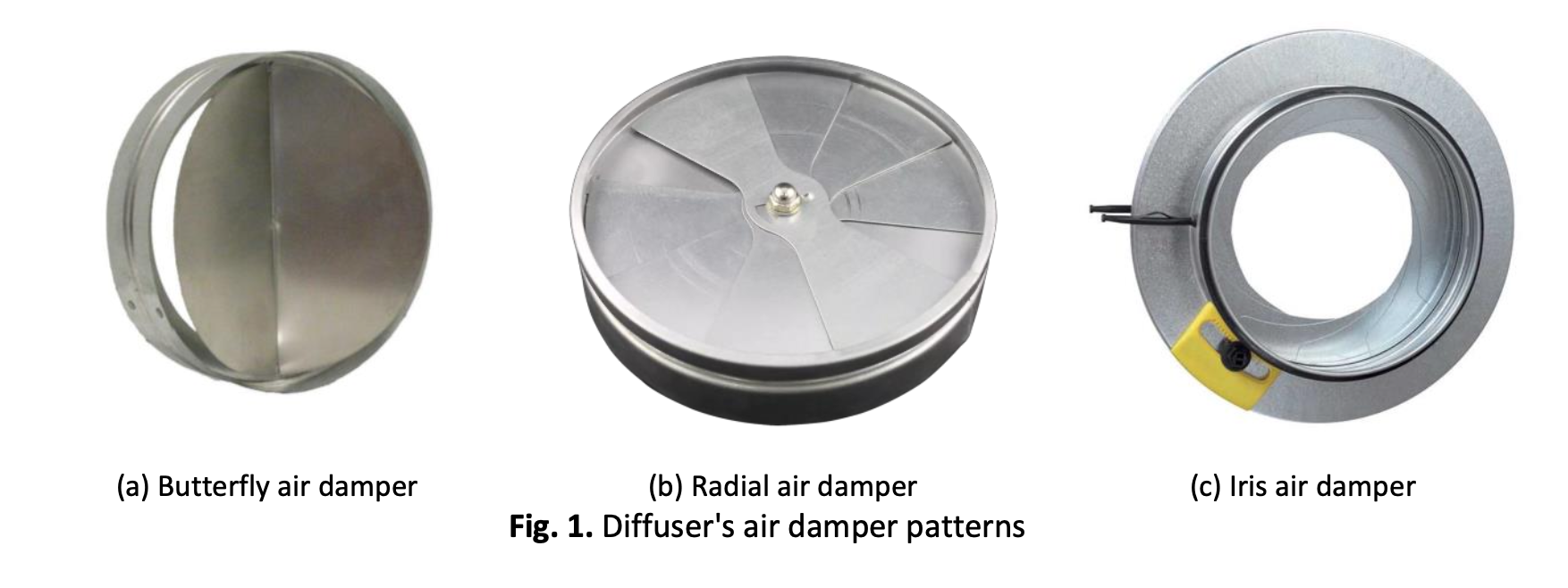Air Damper Effect on Temperature and Airflow Distribution in Enhancing Thermal Comfort Performance
DOI:
https://doi.org/10.37934/arfmts.100.1.152164Keywords:
Airflow distribution, temperature distribution, iris damper, diffuser damper, thermal comfortAbstract
Heating, ventilating, and air-conditioning (HVAC) technology keeps growing towards providing people with good thermal comfort and indoor air quality. Most buildings use a centralized air-conditioning system in which the air-handling configuration of variable air volume (VAV) system focuses on controlling the zone temperature. But, some of the areas in the zone facing under-actuated and over-actuated airflow lead to the distortion of thermal comfort. Some indoor areas get too cold, and some get too hot due to improper air distribution. The indoor temperature inconsistency will affect the occupants' productivity and work performance. The main focus of this research is to improve the indoor environment's thermal performance by implementing an active air damper as an air controlling device for a centralized air-conditioning system. Indirectly, this will provide the control of temperature for a specific area in the zone with a VAV system. This paper presents the simulation results on the effect of the air damper pattern and its opening parameter against the temperature and airflow distribution in enhancing the thermal comfort performance. The simulation was performed using Ansys FLUENT to analyze three types of air damper patterns: iris, butterfly and radial. The comparison of CFD simulation results shows that the iris damper pattern can provide an acceptable range of temperature of 22 ºC to 24 ºC, which is significant to the desired thermal comfort. The uniform airflow distribution across the indoor area is obtained with no back-flow form in the ducting. Besides, there is a substantial temperature increment when the opening area of inlet airflow is reduced. Therefore, it can be concluded that the iris damper pattern is the best selection for an active air damper since it can provide the best temperature and air flow distribution performance compared to the butterfly and radial air damper.
Downloads

































